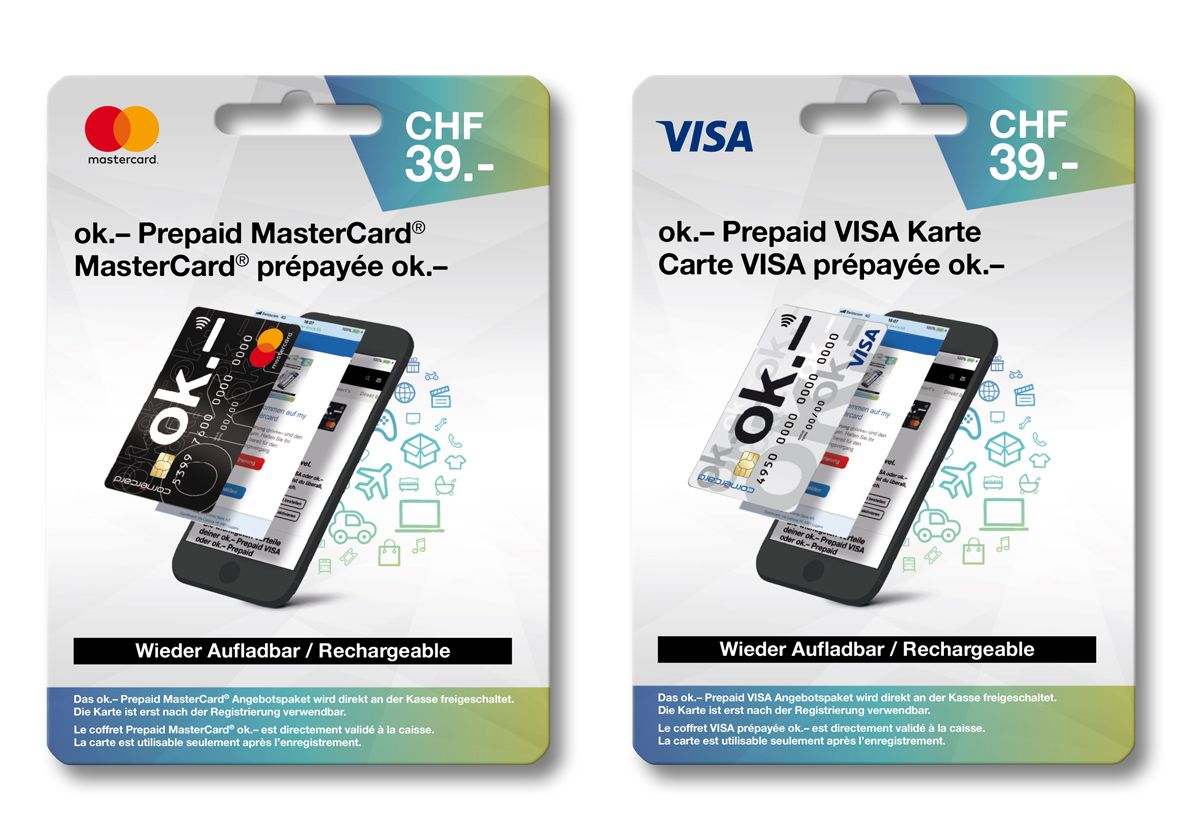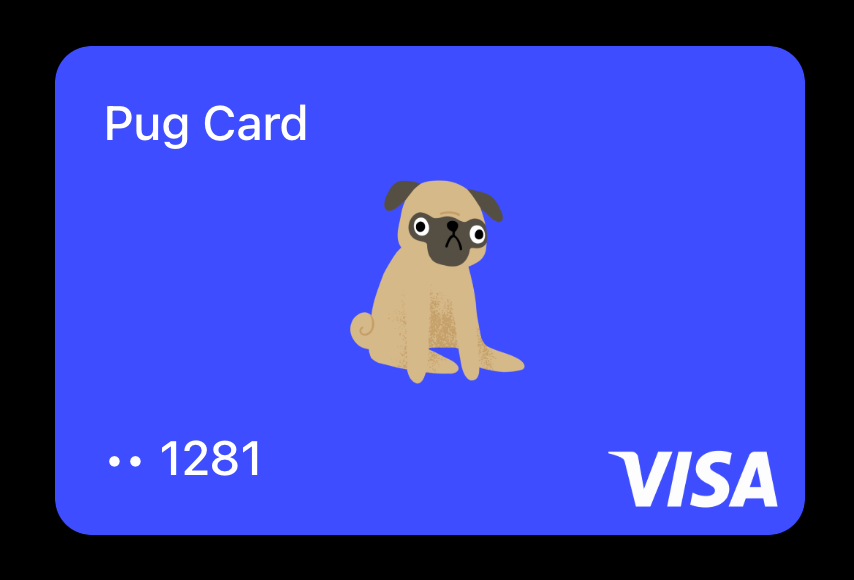Many, Many Types of Cards
The payment world is dominated by card payments. But not all cards are equal. To most people, a card is just a piece of plastic (or metal) they use to pay. But behind that shiny surface lies a complex ecosystem of card types, rules, and use cases.
For a complete directory of payment methods and their details, check out the full Payment Methods Overview.
Credit, Debit, and Prepaid Cards
The three most common types are credit, debit, and prepaid cards. A credit card lets you borrow money from your bank or issuer up to a certain limit. You pay the balance later, often monthly, with or without interest depending on your payment habits. This concept is what gave credit cards their global dominance in the second half of the 20th century.
A debit card, on the other hand, pulls funds directly from your bank account. When you pay, the money is withdrawn immediately or within a day or two. It's the most common type of card in Europe, often linked to a checking account, and is considered lower-risk for issuers because it doesn't involve lending.
Then there's the prepaid card, which only allows you to spend what's been loaded onto it in advance. It's popular for gifting, travel, or budgeting, since you can't spend more than the available balance. For many people without access to traditional banking, prepaid cards serve as an entry point to electronic payments.

Another reason for their popularity is how easy they are to obtain. Many prepaid cards can be bought and activated without extensive identity checks or KYC procedures, especially in lower-value tiers. This convenience makes them widely accessible — anyone can walk into a store, buy a card, load funds, and start using it almost immediately.
Consumer, Business, and Corporate Cards
Cards can also differ based on who they're meant for. Consumer cards are for personal use — shopping, subscriptions, travel, and so on. Business cards are issued to small or medium-sized companies, allowing them to centralize expenses and track spending per employee.
And then there are corporate cards, which serve larger organizations with detailed controls, spending categories, and reporting tools. Some even link directly to accounting systems to simplify reconciliation. For travel-heavy companies, lodge cards or central travel accounts exist as well. These cards aren't tied to a person but to a department, typically used for booking flights, hotels, or company events.
Virtual and Single-Use Cards
Over the past decade, physical cards have steadily lost their monopoly. Many issuers now offer virtual cards — digital-only credentials that live entirely inside your banking app or digital wallet. They behave exactly like their physical counterparts but come with distinct advantages: instant issuance, customizable spending limits, and enhanced fraud controls. You can create, freeze, or delete them in seconds — a sharp contrast to waiting days for a replacement card to arrive by mail.
Revolut is a good example of how simplicity and design can redefine banking and card issuance. Within seconds, you can generate multiple virtual cards — even a playful pug card if that's your style. It's fast, secure, and surprisingly fun, showing how user experience has become a core differentiator in modern finance.
A particularly interesting evolution is the rise of single-use (or disposable) cards. These are virtual cards generated for a specific transaction or merchant and automatically expire afterward. They're ideal for one-off purchases, subscription trials, or any online scenario where card details might be exposed. Once the transaction is complete, the card simply disappears — minimizing the damage even if your details fall into the wrong hands. What began as a security feature has become a new layer of digital convenience, where privacy and control are as integral to payments as speed and simplicity.
Cards with Limits — and Those Without
Cards can also carry spending caps — sometimes for security, sometimes for budgeting, and often for regulatory reasons. A debit card is naturally limited by the available balance in your account, while a prepaid card is capped by whatever amount you've loaded onto it. Corporate and premium credit cards, on the other hand, can reach limits so high that they feel practically limitless in everyday use.
At the top of that hierarchy sit the premium and black cards, like the American Express Centurion. These cards don't have a fixed spending limit. Instead, issuers use dynamic algorithms that take into account your payment history, income, and spending behavior to decide what you can spend at any given time. They also come with a suite of benefits — concierge services, airport lounges, travel insurance, even event access — all funded by higher interchange revenue and annual fees.
Many modern banks now let you adjust your card limits directly in their app, instantly changing daily or per-transaction caps for security or control. Yet, even with this flexibility, the maximum ceiling often depends on the card tier or issuer policy — for example, a Visa Gold will usually allow higher limits than a Visa Silver. The exact thresholds are defined by the bank and card program, blending customer profile, product positioning, and risk appetite into what ultimately decides how far your card can stretch.

